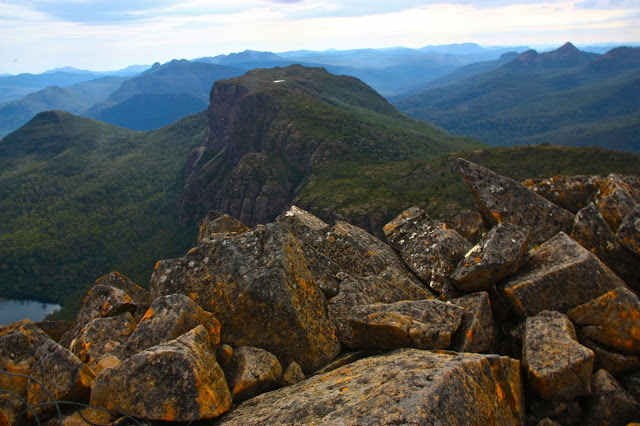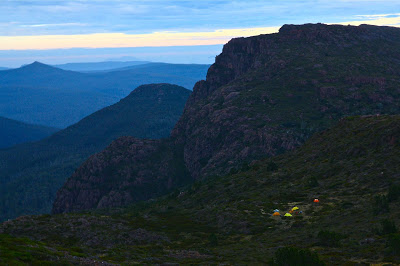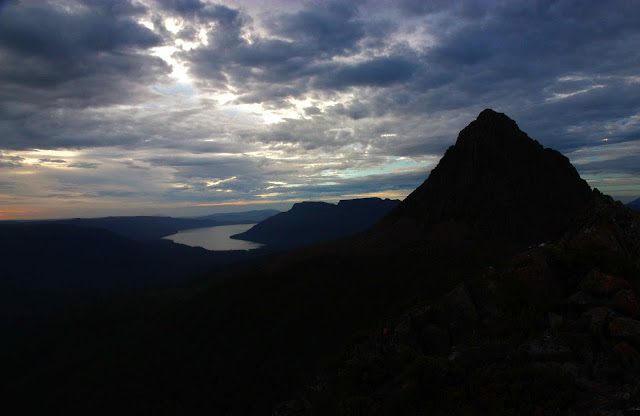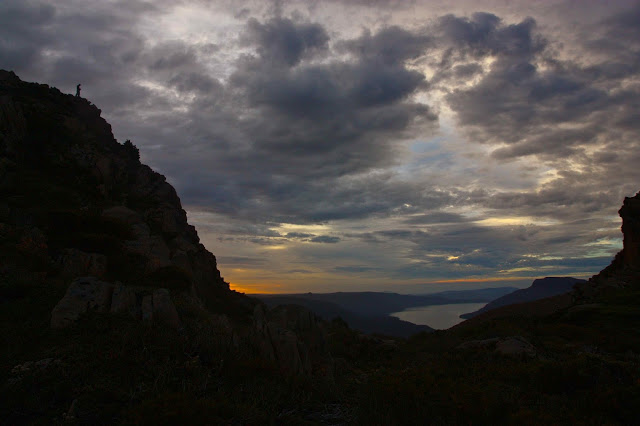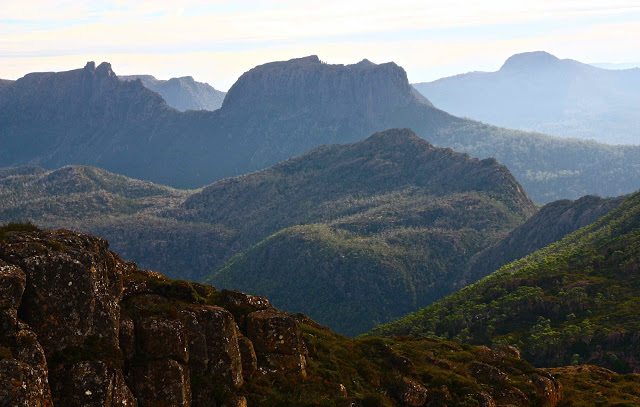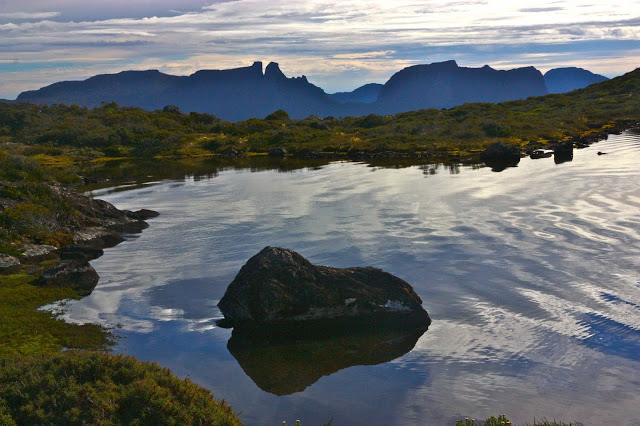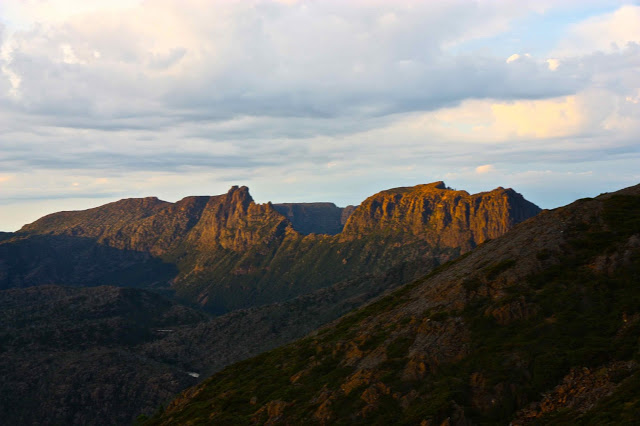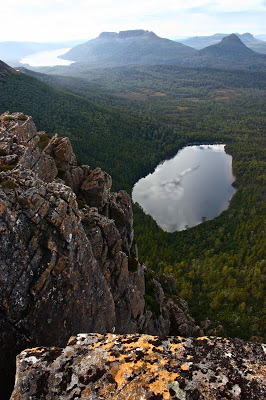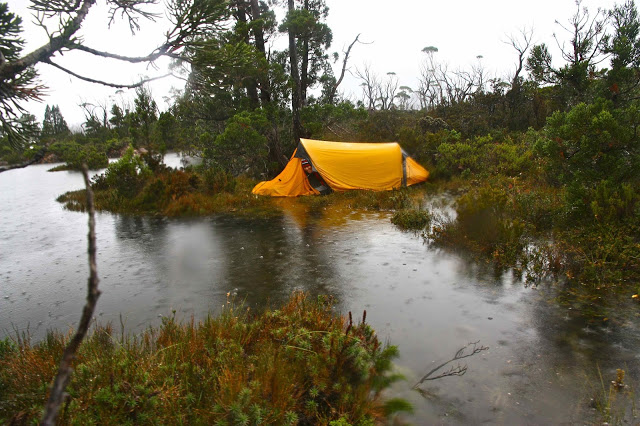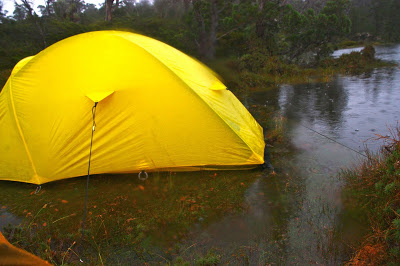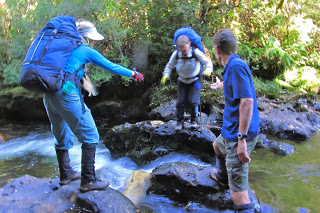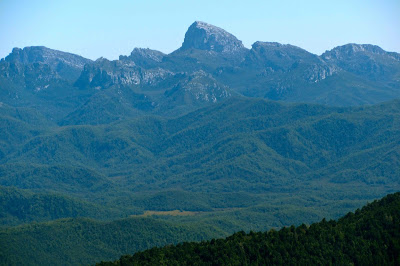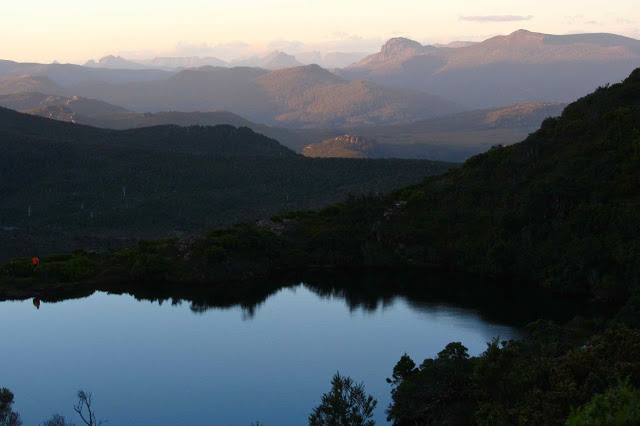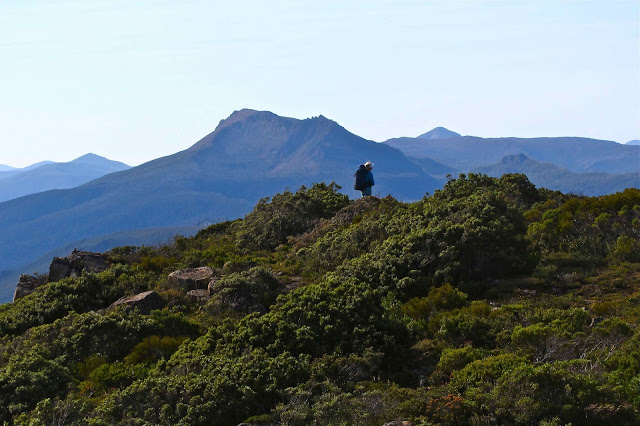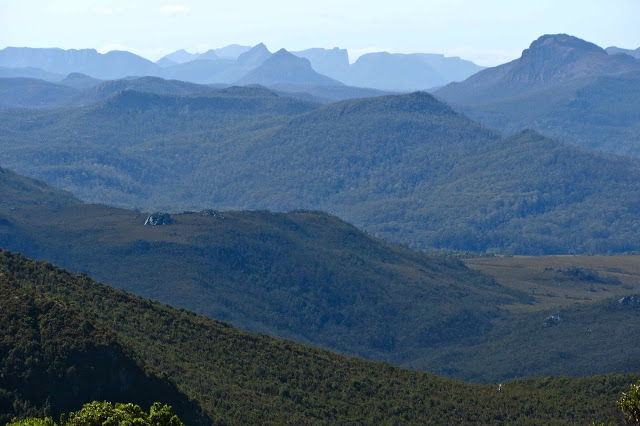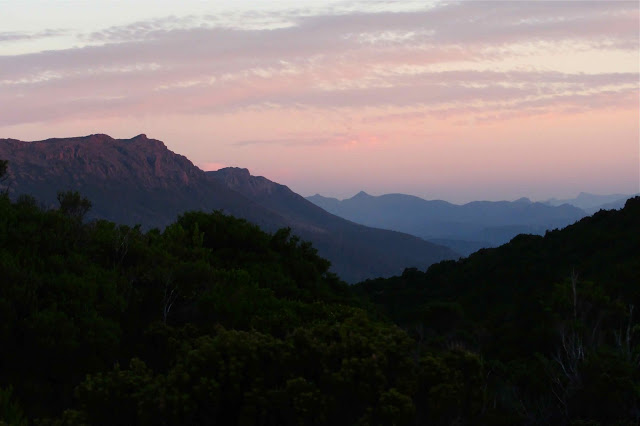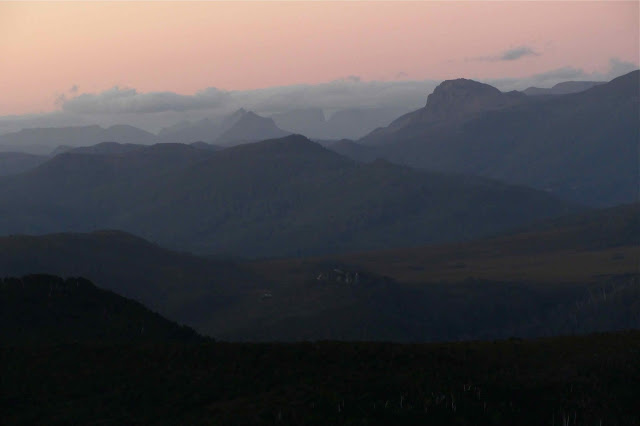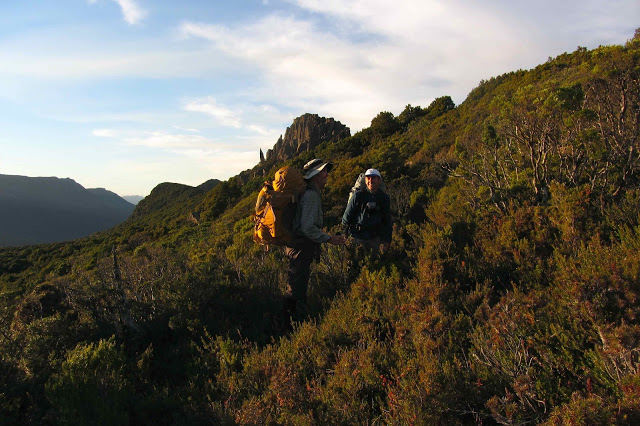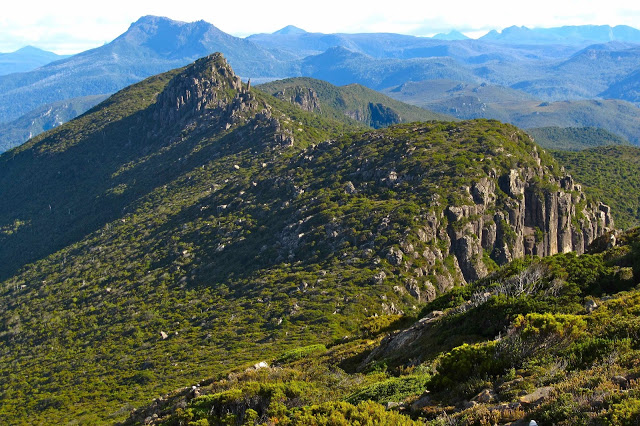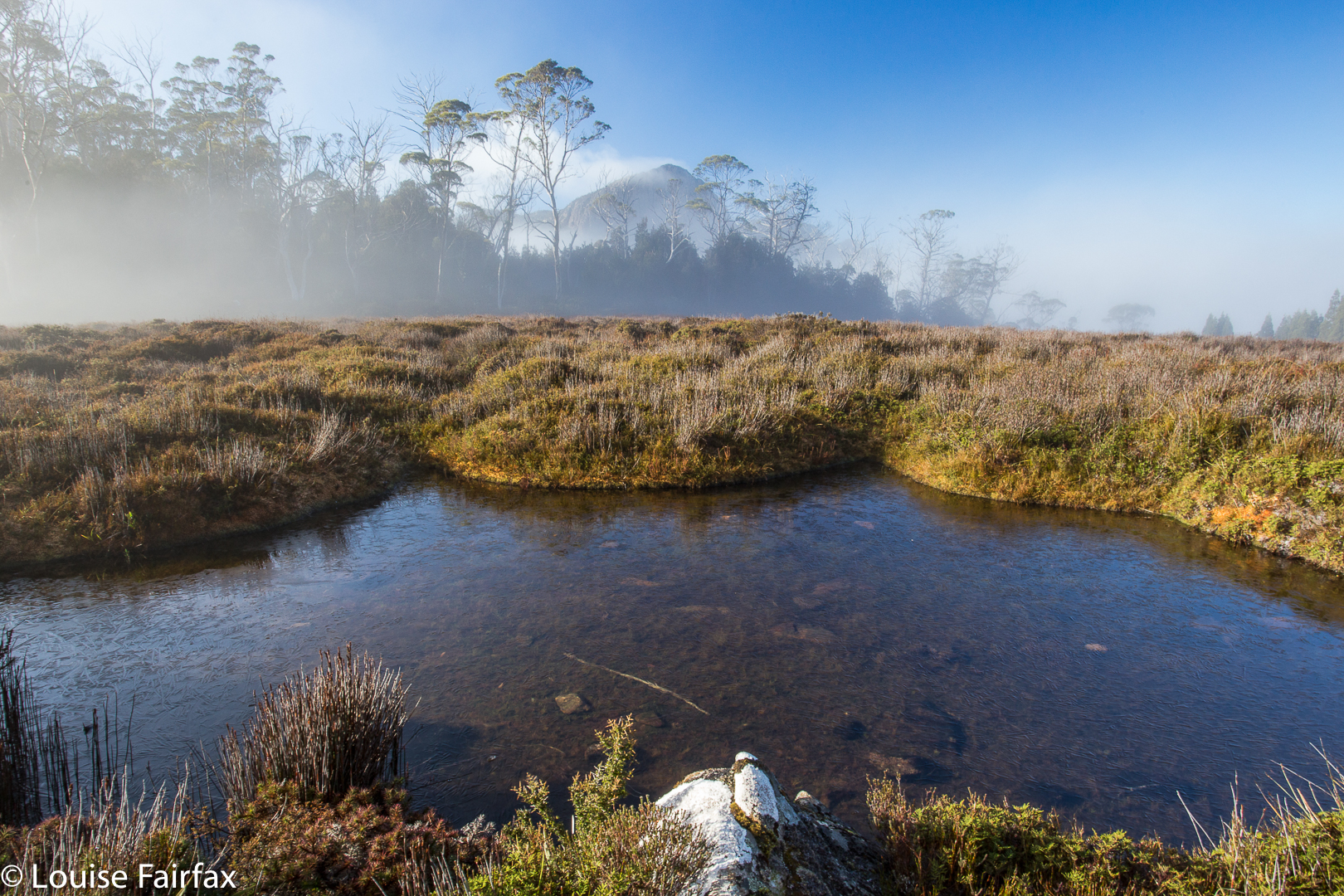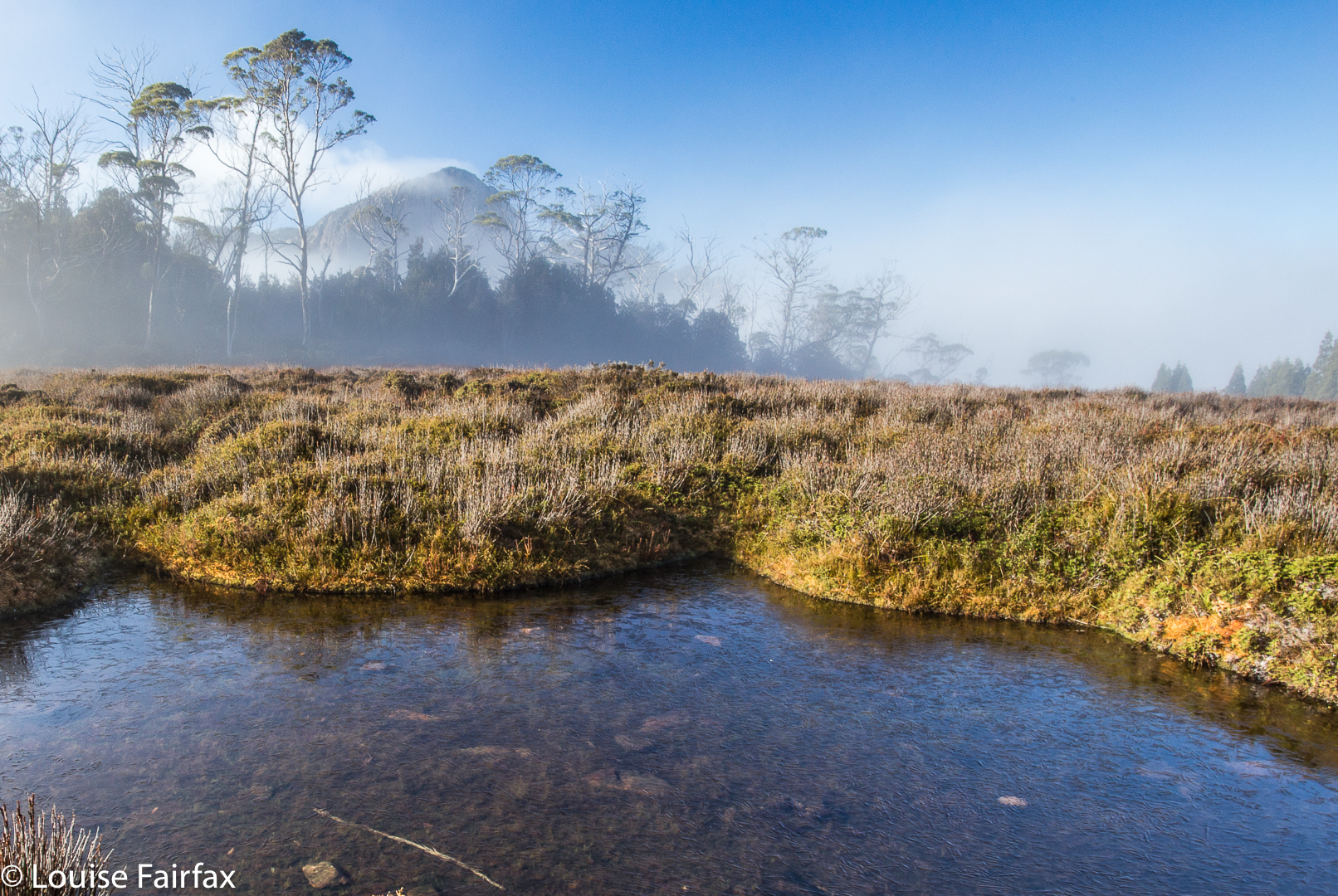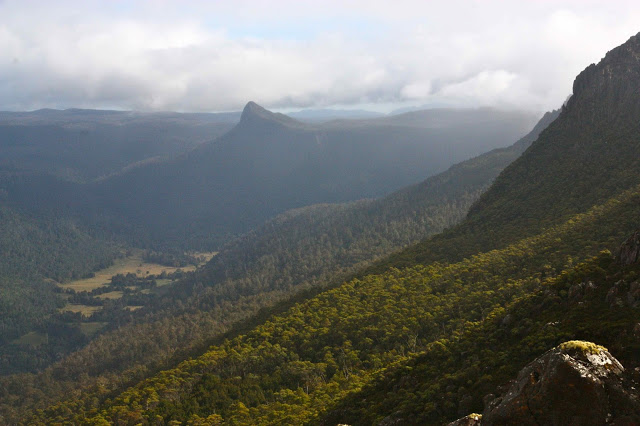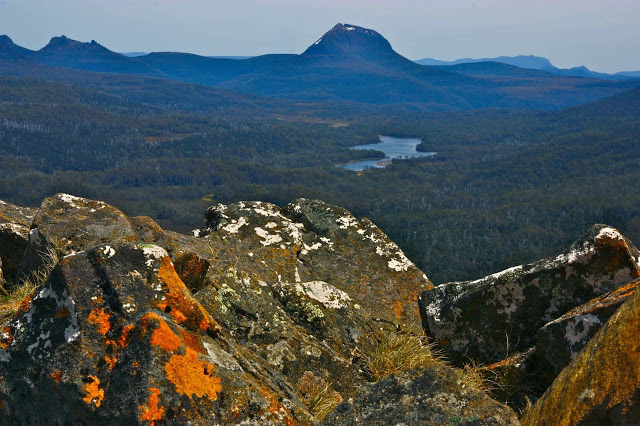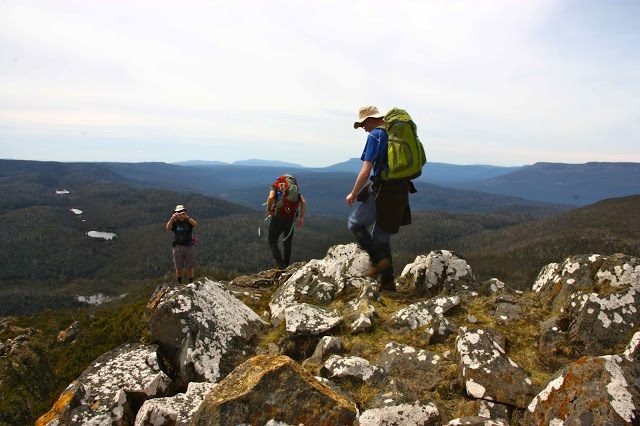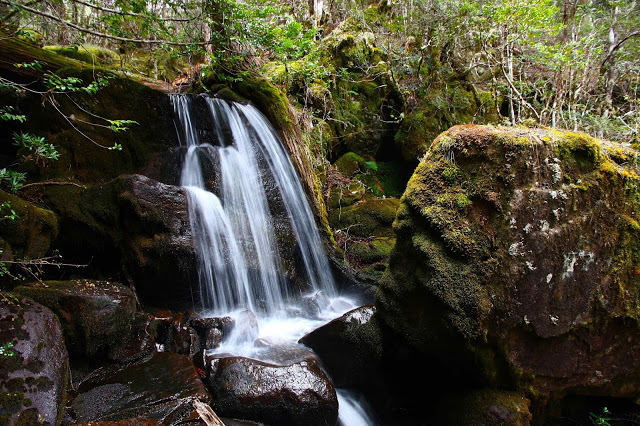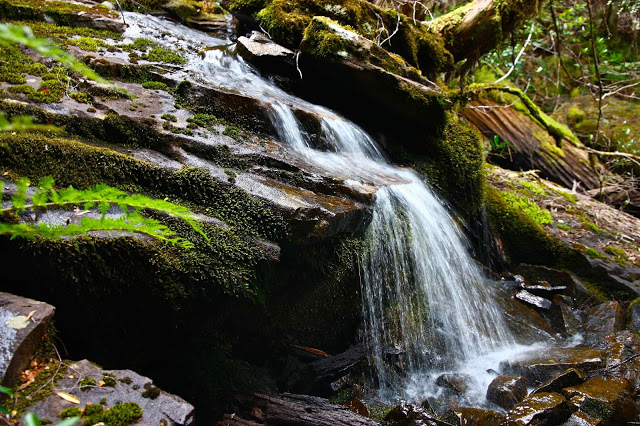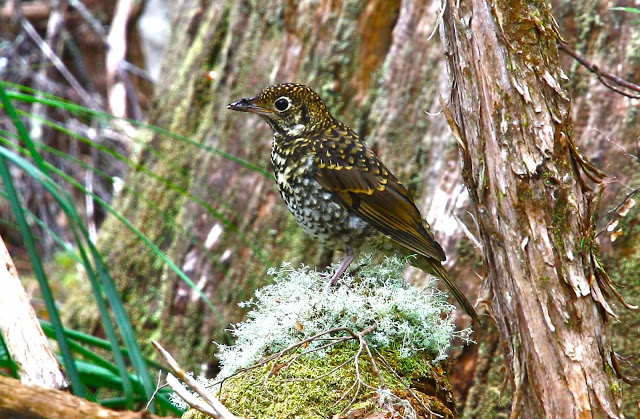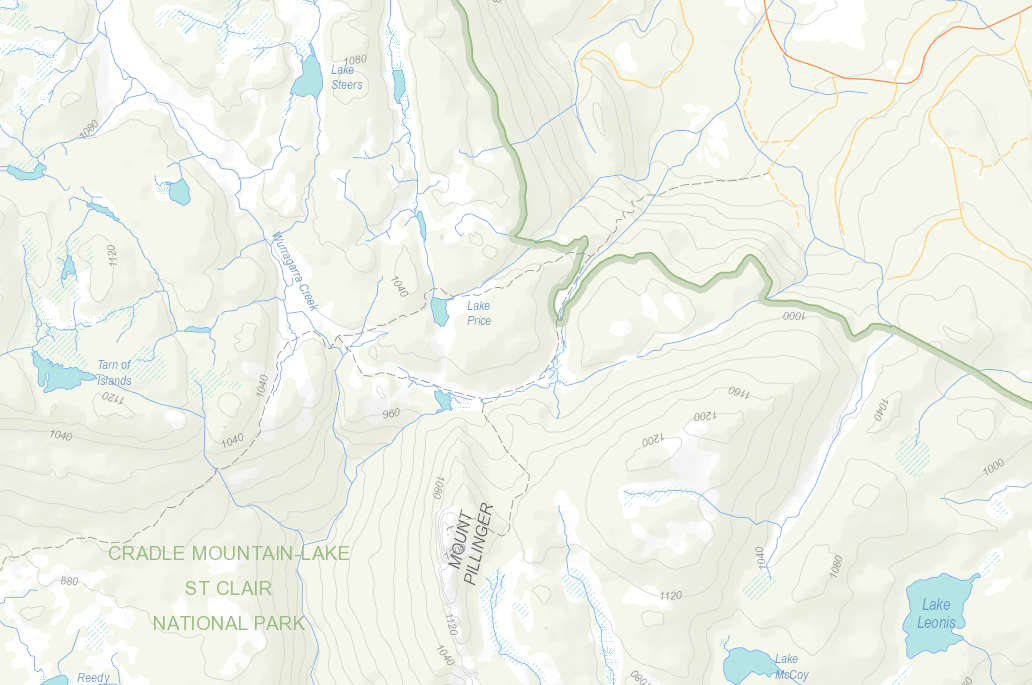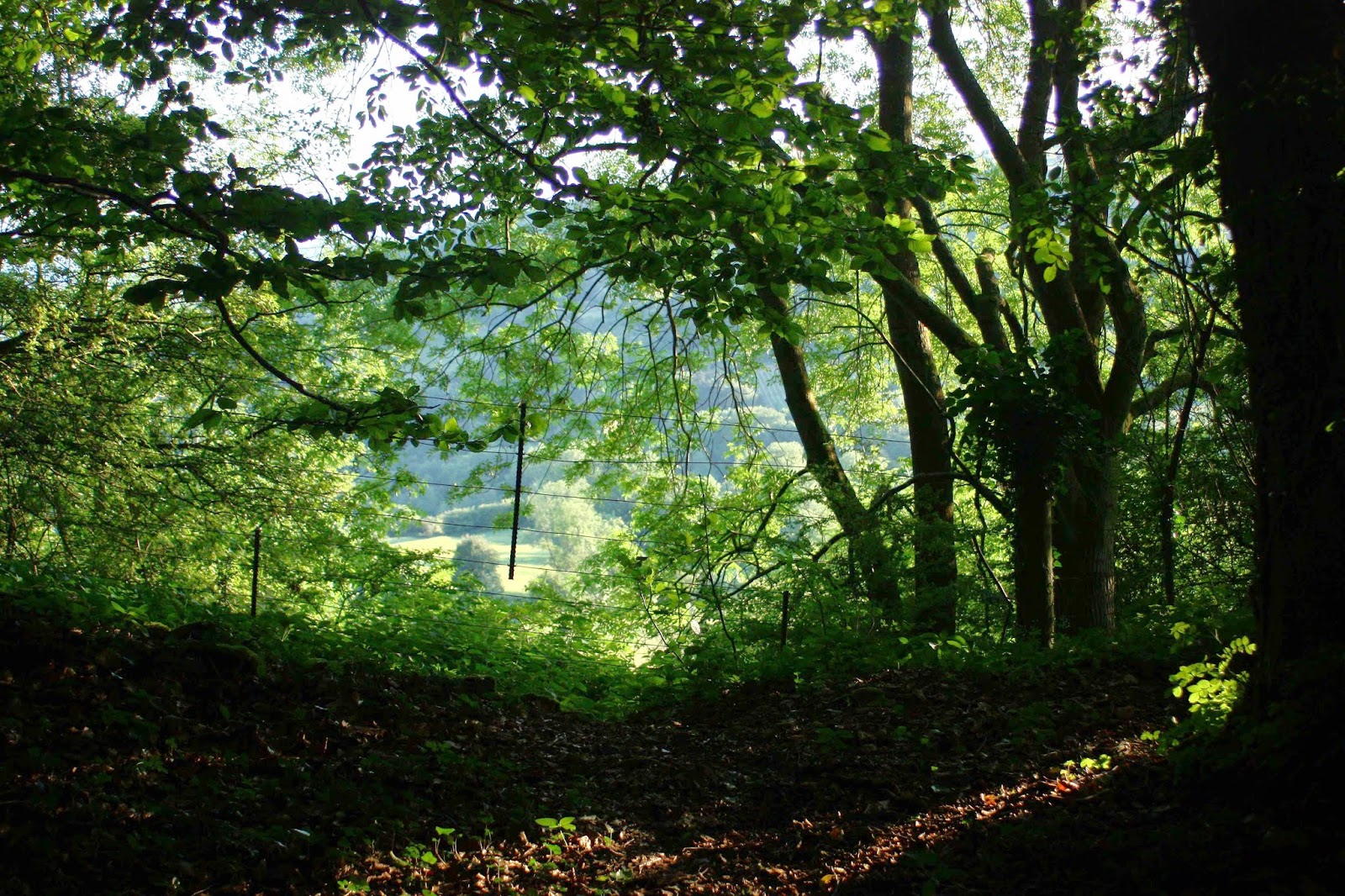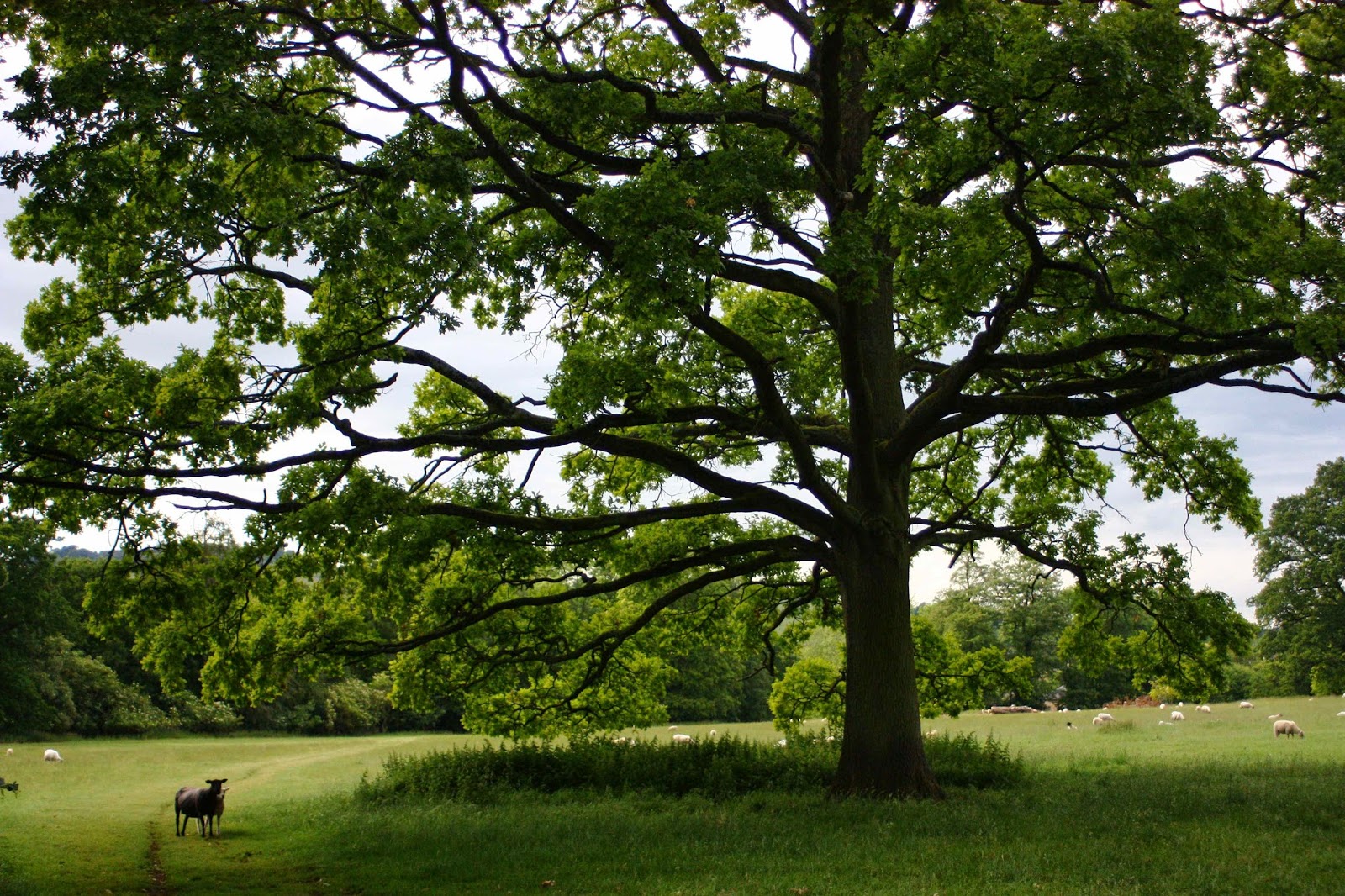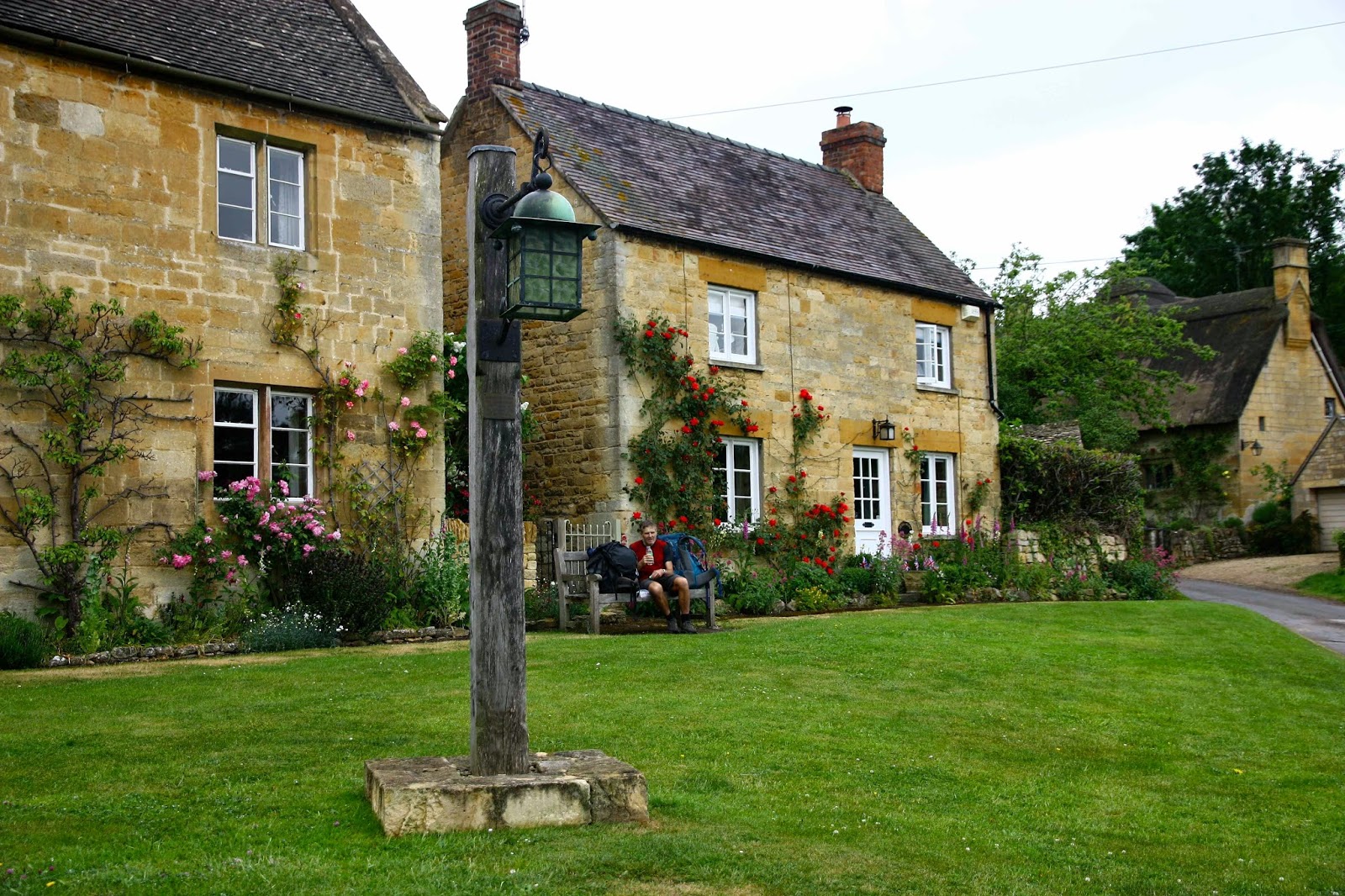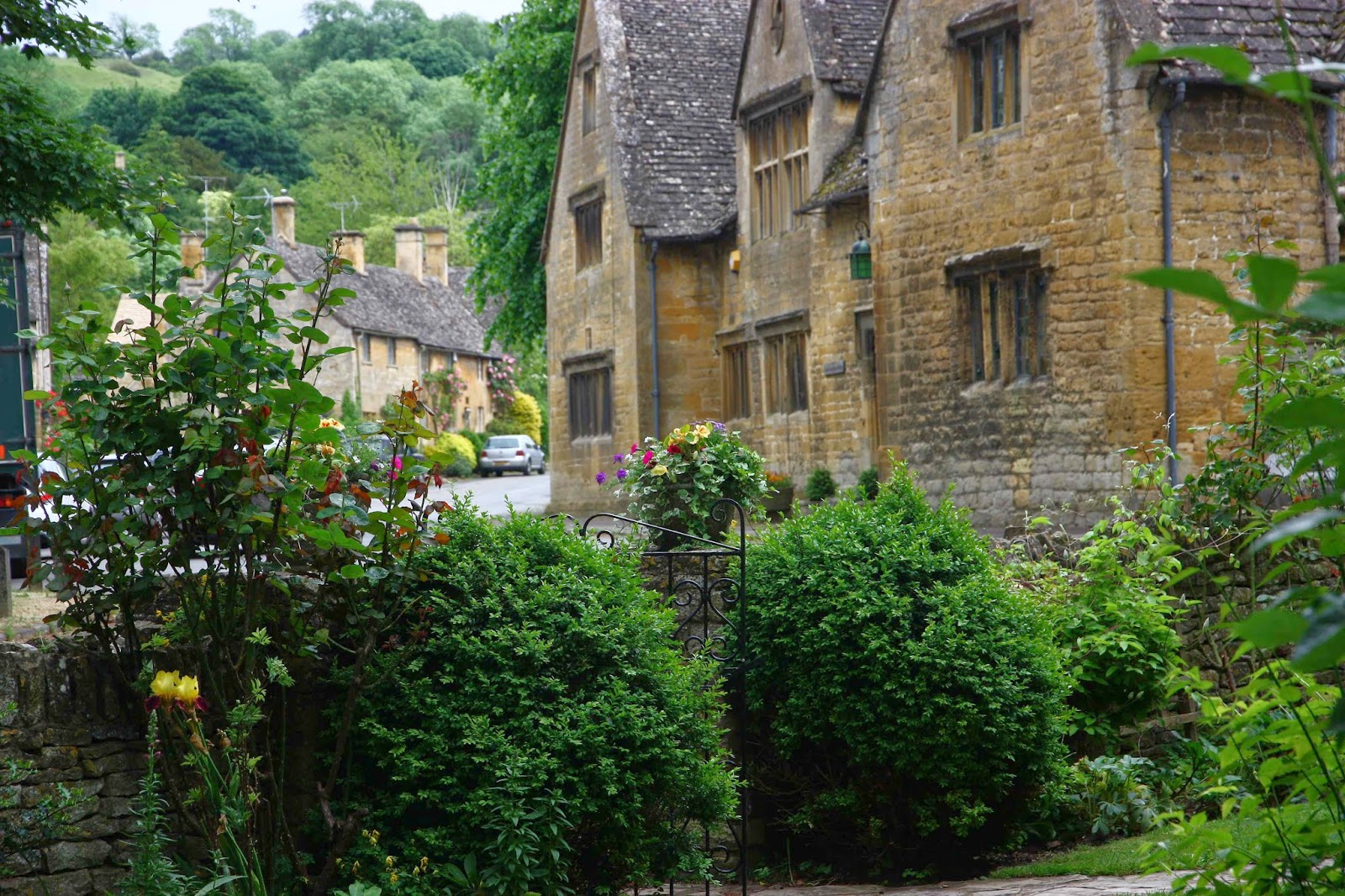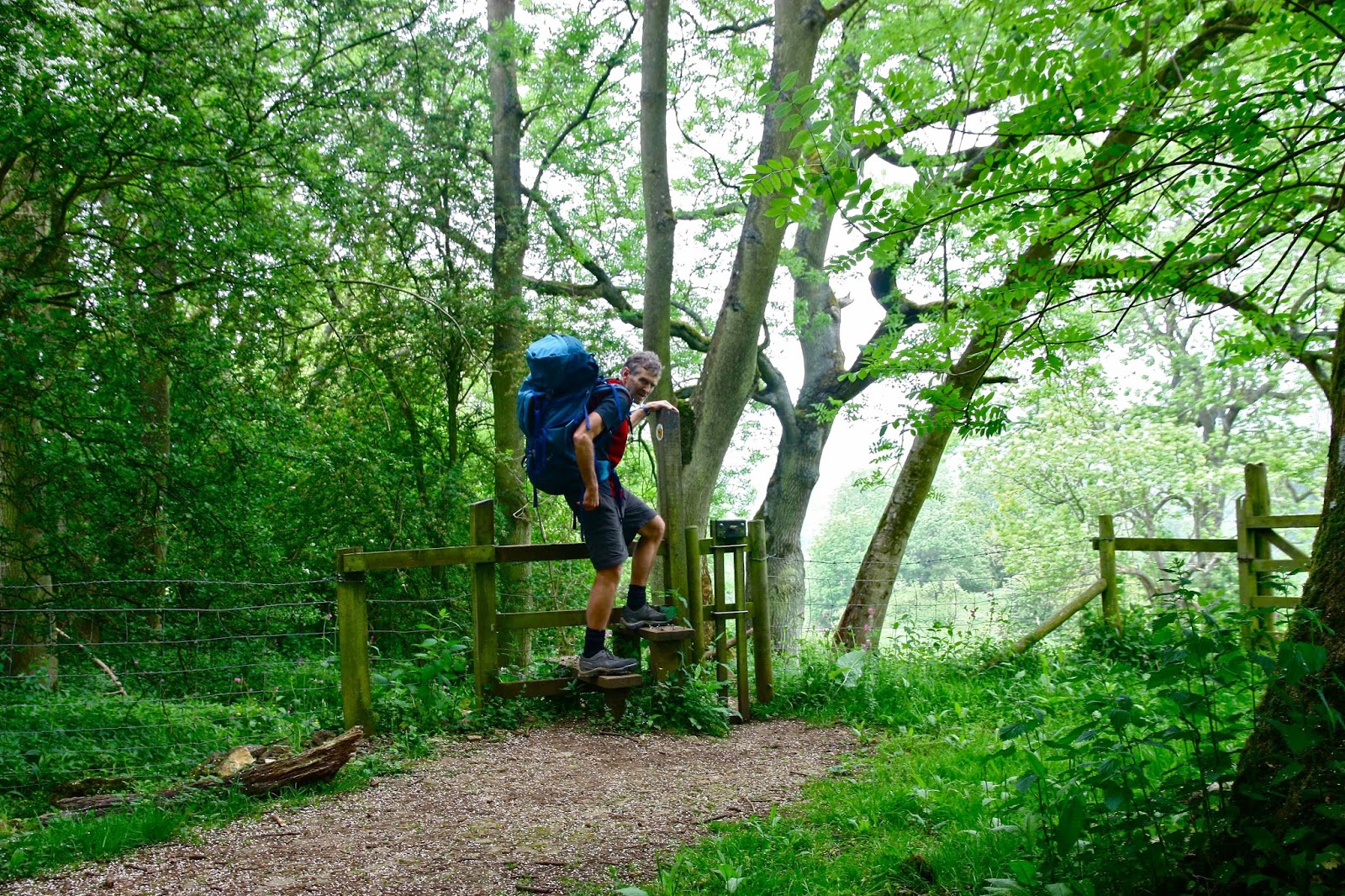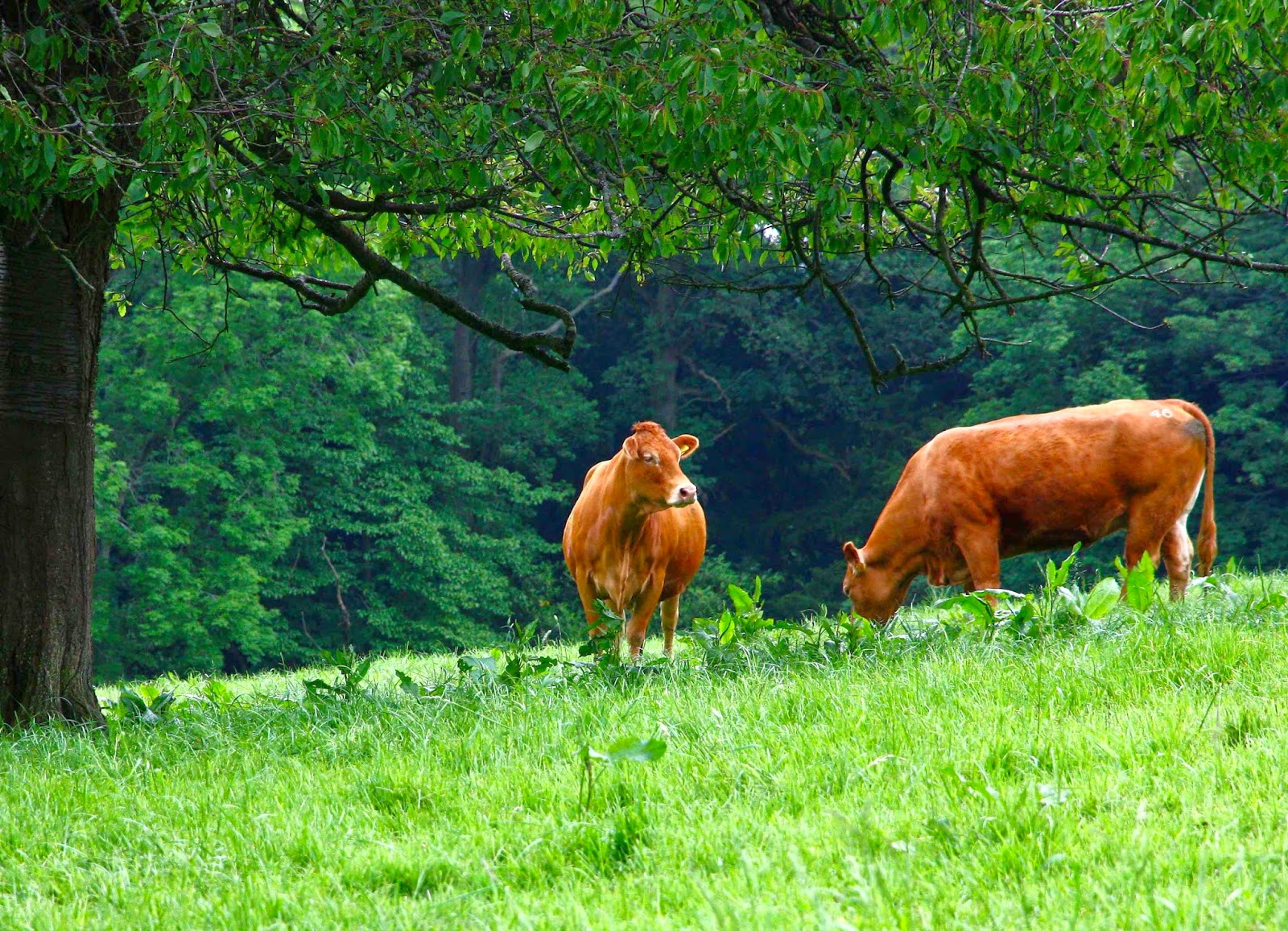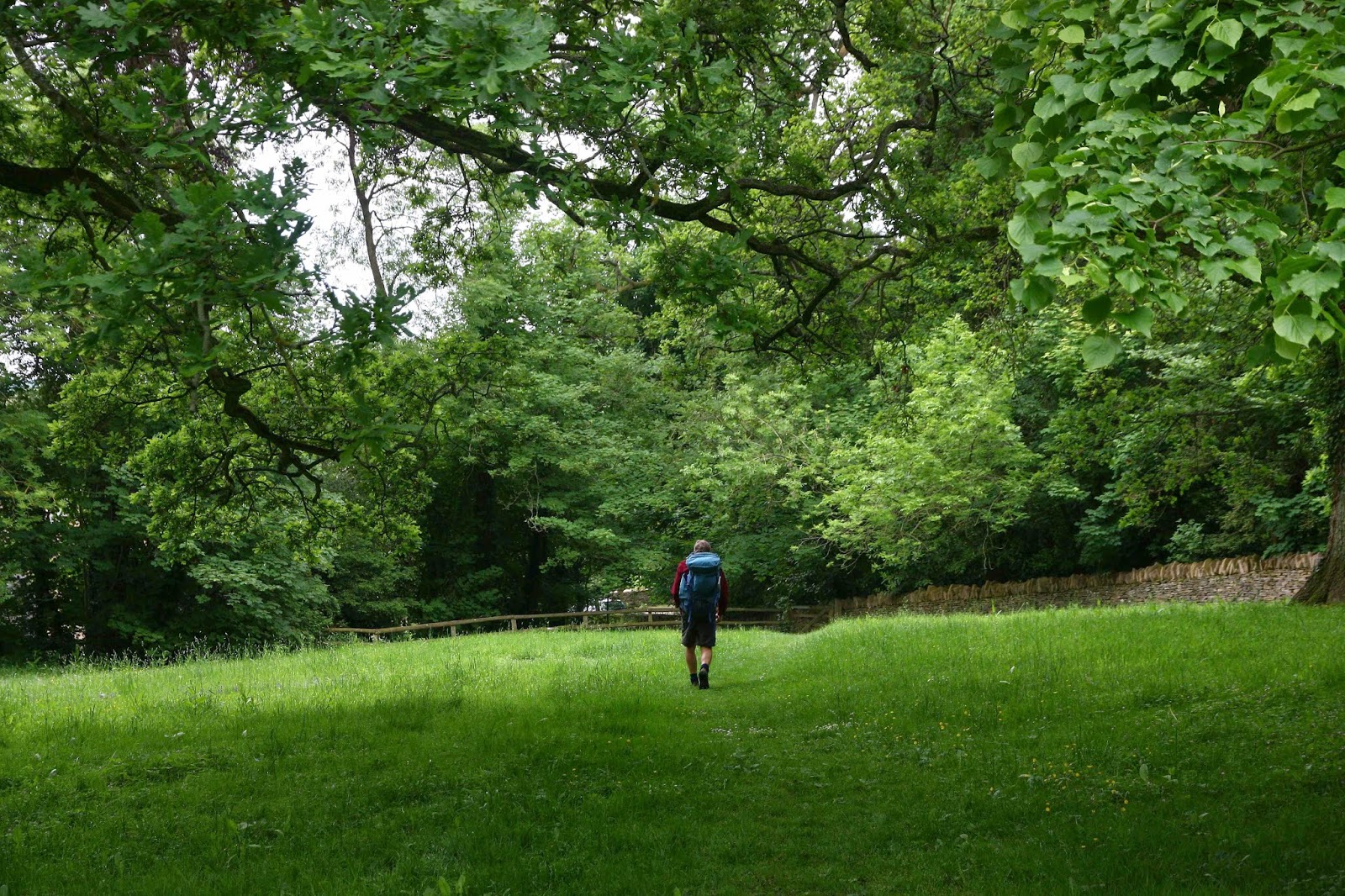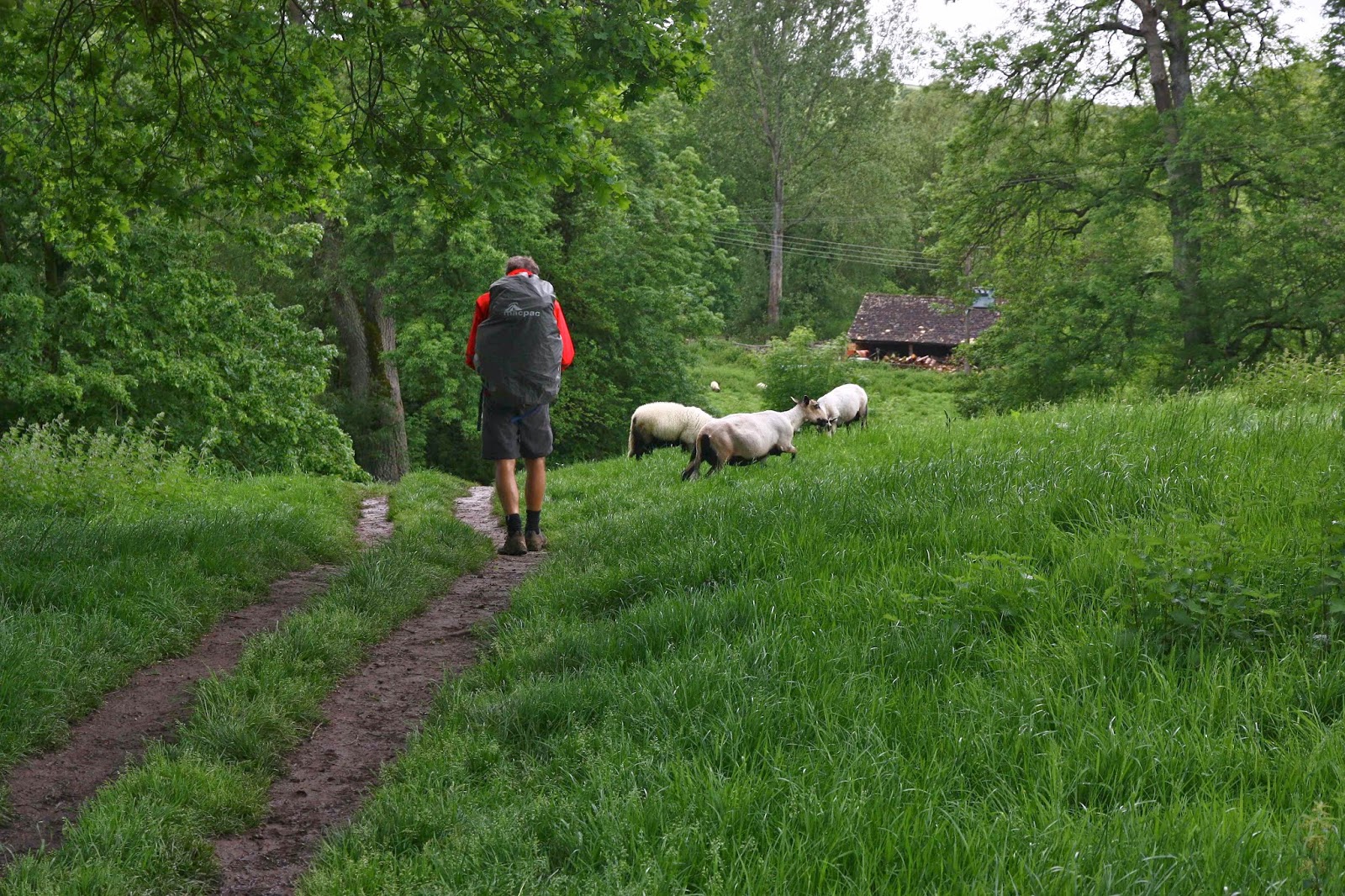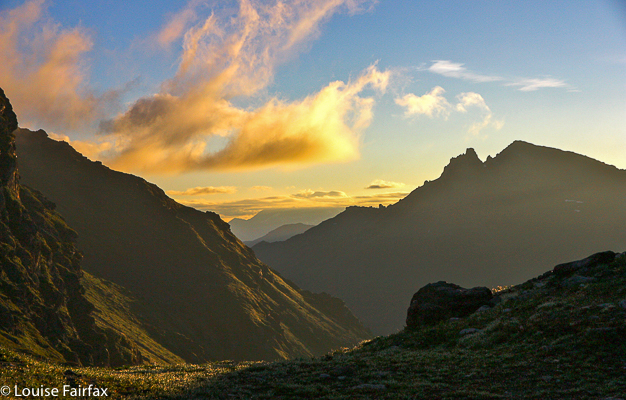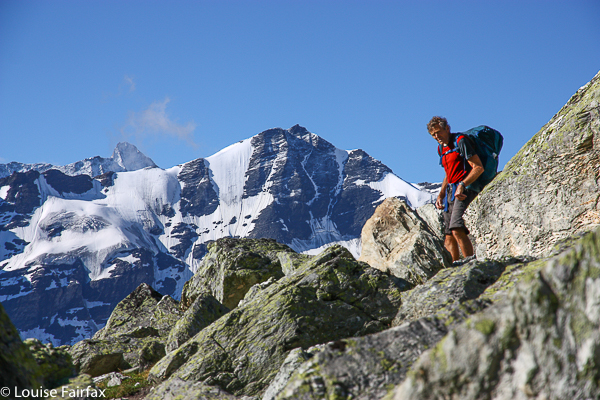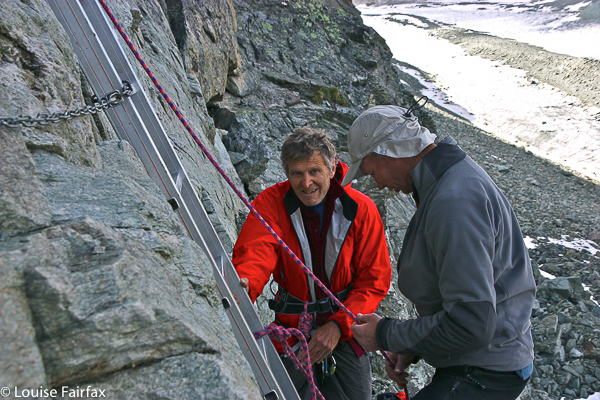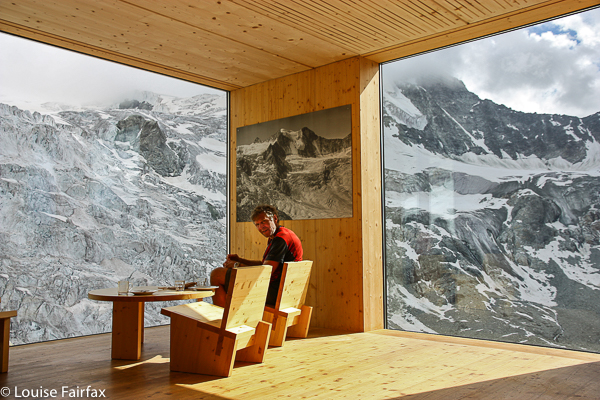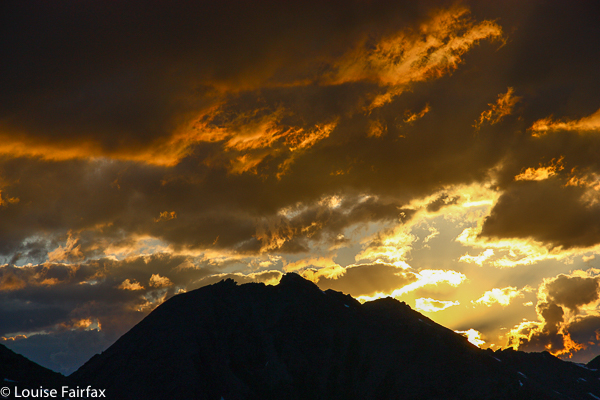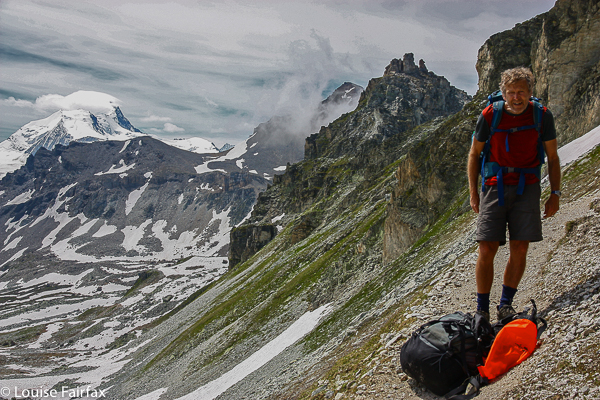Mt Gould, Minotaur and The Guardians 9-11 March 2013
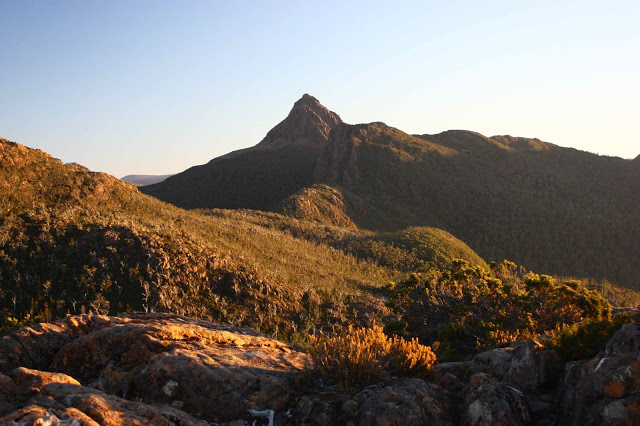 Gould as seen form the Labyrinth
Gould as seen form the Labyrinth
This was a trip with many highs and lows, but a definite high point, in both senses of the word, was summitting Mt Gould on the first day. This is a mountain I have long admired for its shapely triangulated peak, distinctive from many vantage points. It is the subject of many of my photos, but I had never been onto its bulk. I adored the view from the top, and stayed there a while, soaking it all in.
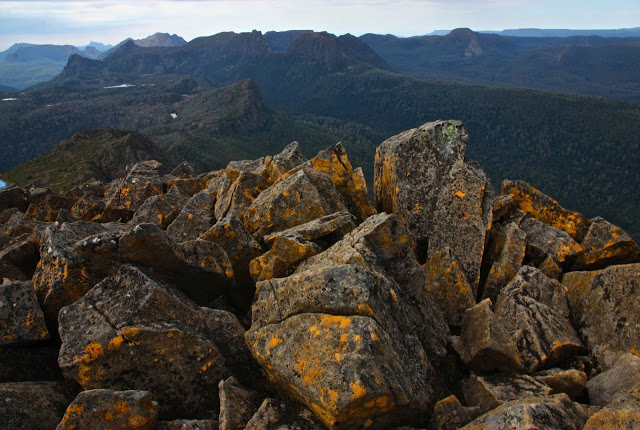 From Gould summit, looking towards Minotaur, Parthenon, Acropolis, Geryon At the end of the day, a campsite was chosen near the summit of the Minotaur. Sunset and sunrise yielded photos that were pretty nice, although not perfect. There were a few too many clouds for the sky to go pink, or rocks to go red as they sometimes do. The silhouettes were nonetheless grand, and we enjoyed eating and watching evening close in around us.
From Gould summit, looking towards Minotaur, Parthenon, Acropolis, Geryon At the end of the day, a campsite was chosen near the summit of the Minotaur. Sunset and sunrise yielded photos that were pretty nice, although not perfect. There were a few too many clouds for the sky to go pink, or rocks to go red as they sometimes do. The silhouettes were nonetheless grand, and we enjoyed eating and watching evening close in around us.
From Gould summit.
Day 2. The next day promised to be very hot, even though the clouds were building up, and it kept its promise. Sweat poured down our faces as we climbed The Guardians with their magnificent panorama. We were tiny ants on gargantuan cliffs dropping perilously several hundred metres to Lake Marion below.
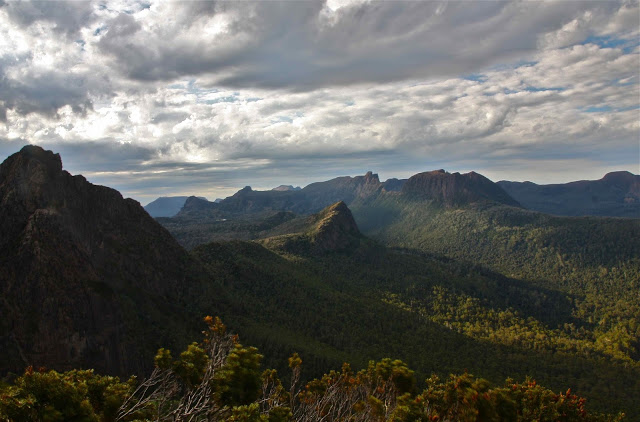 Photo from the Gould-Minotaur saddle
Photo from the Gould-Minotaur saddle
All around us were famous mountains, many of which we’d climbed, but were now seen from a new angle. It would be lovely to camp by the tarn rather than see the glory in the midday glare, but one can’t do everything, and Gould had won out this time. Everyone stripped off and had a swim. Some swims lasted longer than others. Being a wuss, mine was a stripped-down body wash, but I enjoyed having the cool water on my skin. It was just a bit too cold for me to dive in.
We were back at our tents in time for an early lunch, and were soon off, over the summit of the Minotaur (marvellous views again, but these were not new to me, as I had been up when we first got there, and again at dawn), down to the saddle between it and the Parthenon, and thus into the Labyrinth.
On we went to Lake Eurynome, via a detour. Just as we arrived, the heavens opened with a bang. Gone was our much-desired swim. I didn’t know droplets of water could be so big and heavy. They were truly amazing, and I admired them while I tried to mix efficiency with speed in erecting our tent, trying to be calm but fast.
The storm furied still. Thunder and lightning were separated by only a second at one point. (I grabbed Bruce, probably bruising him, as it crashed above us). Somewhere in all of that I did check on the state of play out the tent window, and I did notice at that time that a river was forming and running beneath the midpoint of our tent, but in such a storm, what could one do? Bruce in the background suggested I start bailing, so I got a pot and bailed and bailed but the river kept flowing, and I got tired, so gave up. We’d see what was what when the lightning stopped. The rain continued to plummet down.
After Kumbaya, and possibly because I was running out of songs in the next category, although we hadn’t begun on tunes from musicals yet, I decided to check on the view out the tent opening again and see how things were faring in our vestibule. I unzipped. My squeal was heard wide and far, although misinterpreted. C thought it was a squeal of terror, but actually it was one of surprise and a loud noise made in response to an absolutely hilarious situation.
Unbeknown to me, the others had all been sitting there watching the water rising, but felt immobilised by the deluge, and thought that if we were singing, then it must be OK. But we were singing because we didn’t know what was happening. I now saw that we were entirely surrounded by lake. We were a little Tent Island in the middle of the lake that had risen up 30 cms and swallowed us, and so were our friends. Luckily, unlike the victims of the floods in QLD etc, we could pick up our houses and move them whilst the waters rose into our bedrooms.
The storm had not stopped, but the lightning had eased and the thunder was less booming as I left our tent and began moving it to higher ground – of which, actually, there was none. That is, there was higher ground, but it was covered in sharp bushes. We tried to find enough bush-free area to make a bit of a go of it. I left Bruce to try to put pegs in the tent in the new spot and went off to help C who had no one to help her. First, I helped ferry her remaining dry gear into the dry spot enabled by our re-erected tent (thanks to B), and then C and I dug elbow deep in the water to retrieve her pegs, pull them out, and then four of us – C, B, Mike and I – picked up her tent and went wandering with it, in search of free space. I found her a tiny bit, but it had a stone in the middle. It was a choice between a stone and prickly scrub, so she chose stone.
While I did the last of the above process on our tent, Bruce got the stove going on a rock, and boiled water both for our dinner, and for Mike, so that once he finished bailing he could get some warm food before the light completely went.
The next day, considering one thing and another, was fairly humdrum, almost boring. We didn’t get lost; we climbed no mountains; we made the ferry and we got home. And, believe it or not, I guess I’m just a weirdo, I enjoyed the walk immensely. Not only have I climbed several new peaks with brilliant views, not only has Bruce done an amazing job of traversing quite a wild part of Tasmania, but we have experienced a huge adventure, and one that we’ll laugh about together for years to come.

